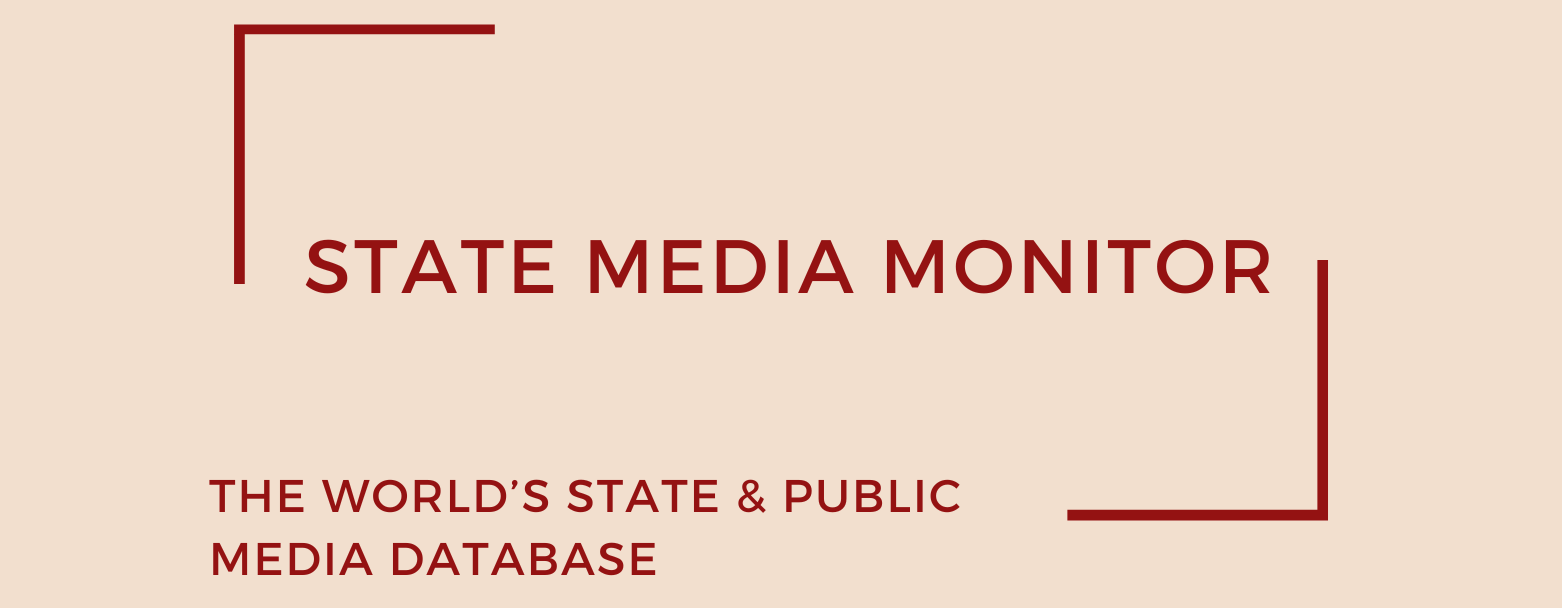Zimbabwe Newspapers Limited, known as Zimpapers, is a state-controlled media company in Zimbabwe. Launched as a newspaper publisher in 1980, the company branched into radio and television. The history of the company dates back to the 19th century when William Fairbridge, a newspaper publisher, established the Mashonaland Herald and Zambesian Times.
Today, the company owns a dozen newspapers and magazines, including The Herald and The Chronicle, radio channels, and a television network. It is by far the largest newspaper publisher in Zimbabwe.
Media assets
Newspapers: Dailies- The Herald, The Chronicle, H-Metro, B-Metro; Sunday papers- The Sunday Mail, The Sunday News; Weeklies- The Manica Post, Kwayedza, Umthunywa, Business Weekly; Regional- Southern Times; Local- Suburban; Other- Zimtravel Magazine
Radio: Star FM, Diamond FM, Capitalk FM, Nyami Nyami FM
Television: Zimpapers Television Network (ZTN)
State Media Matrix Typology: Captured Public/State-Managed (CaPu)
Ownership and governance
Zimpapers is a public company whose controlling interest is held by the government of Zimbabwe. Zimpapers is part of Zimbabwe’s state-owned media as defined by the country’s Constitution. The company used to have a board of trustees (Zimbabwe Mass Media Trust, ZMMT) that was created to ensure the publisher’s editorial independence. However, this board was dissolved in 2000. The board still exists today, but it is a government entity that owns Zimpapers and acts as a governing board representing the government’s interests. The country’s President appoints the Zimpapers’ six-member board. The latest appointments were made in February 2020.
In 2019, the government announced its intention to revive the board as a board of trustees to secure the independence of the media outlets run by Zimpapers again. However, it has not yet acted on this promise.
Source of funding and budget
Zimpapers is funded mostly through advertising, digital subscriptions, and newspaper copy sales. The company’s financial reports do not indicate that it receives any cash from the government. In 2022, Zimpapers increased its revenue by 61% to ZWL 18.6bn (US$ 51.4m), a significant increase from ZWL 11.6bn in the previous year, according to information made public by the company. According to the company, print advertising and circulation generate more than 50% of the total income. Zimpapers reported a net profit before tax of ZWL 384.7m in 2022. Revenue for the broadcasting division jumped year on year by 67% in the same year. In 2023, the group reported revenues of ZWL 167.1bn thanks to 76%, 108%, and 98% growth by its newspaper, broadcasting, and commercial printing divisions, respectively.
Editorial independence
With the dismantling of the board of trustees at Zimpapers in 2000, the editorial independence of the company’s publications was badly affected. Most of the Zimpapers media outlets act as government outlets, promoting the policies and work of the government. There is evidence of indirect editorial control by the government through sacking of board members or orders given to journalists by the company’s management to support the ruling party.
No statute that establishes independence of Zimpapers’ media outlets has been identified.
Reports in the media indicate that Zimpapers’ publications have a pro-government editorial line. No independent assessment or oversight mechanism to validate the editorial independence of Zimpapers’ media has been identified.
June 2024
